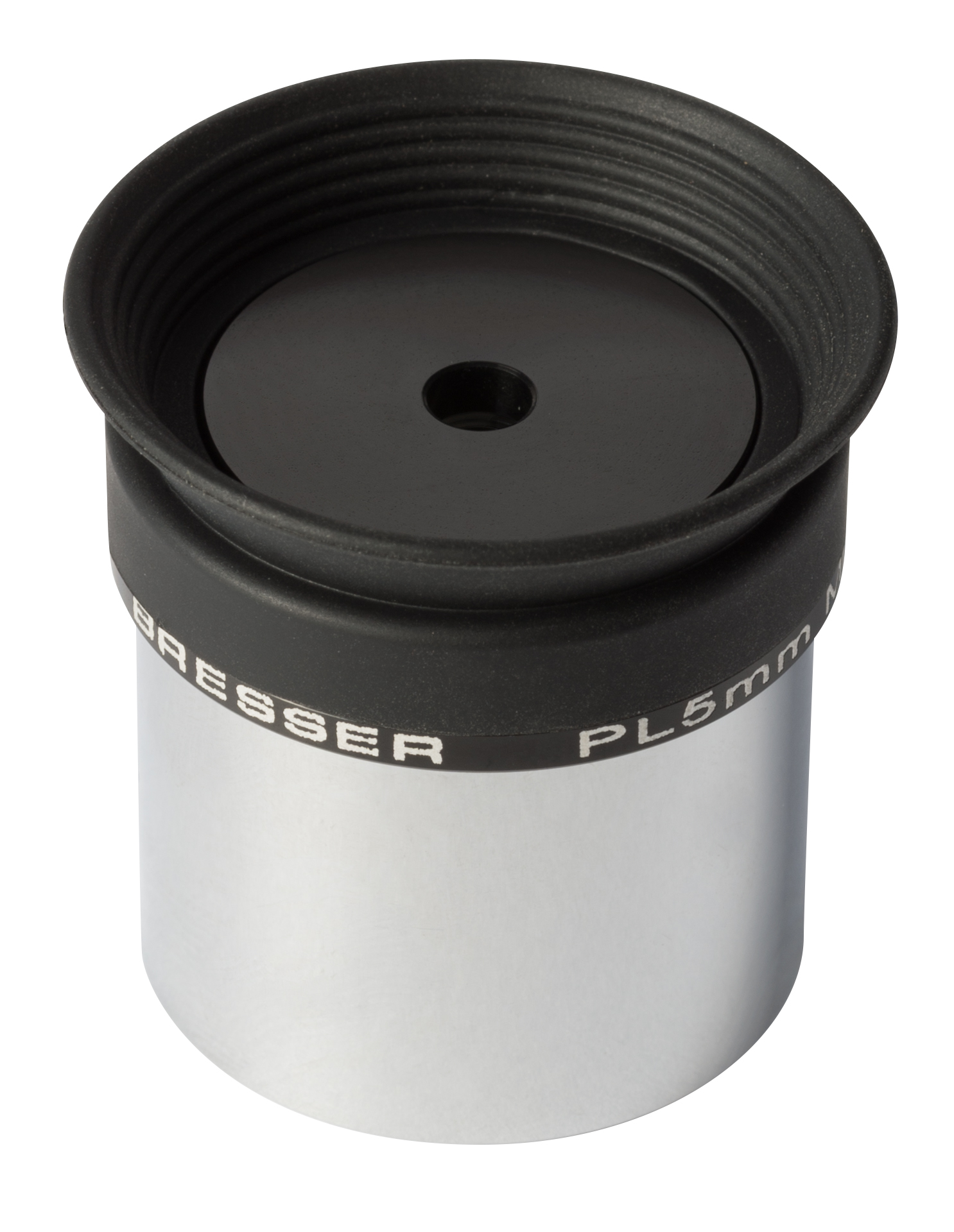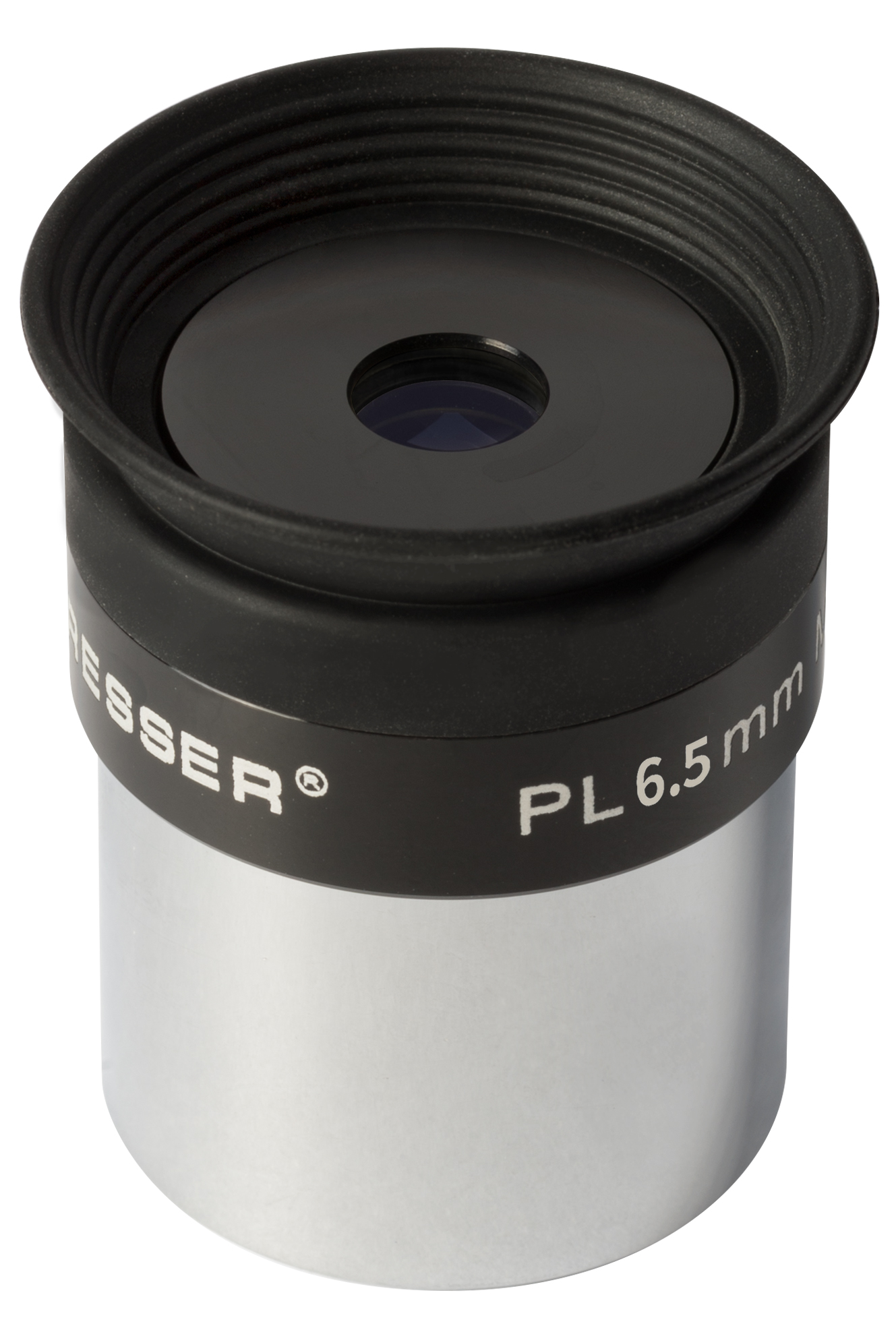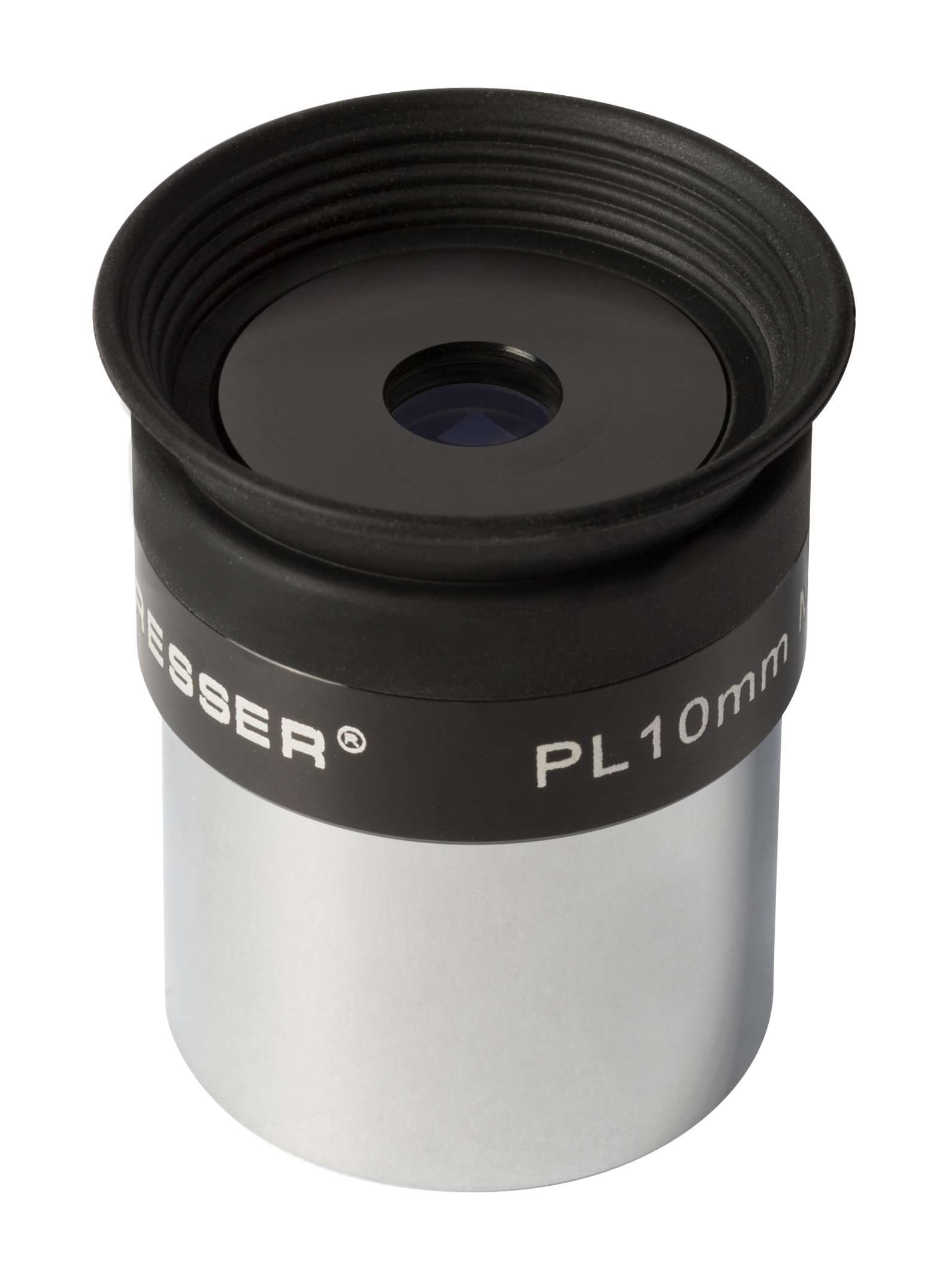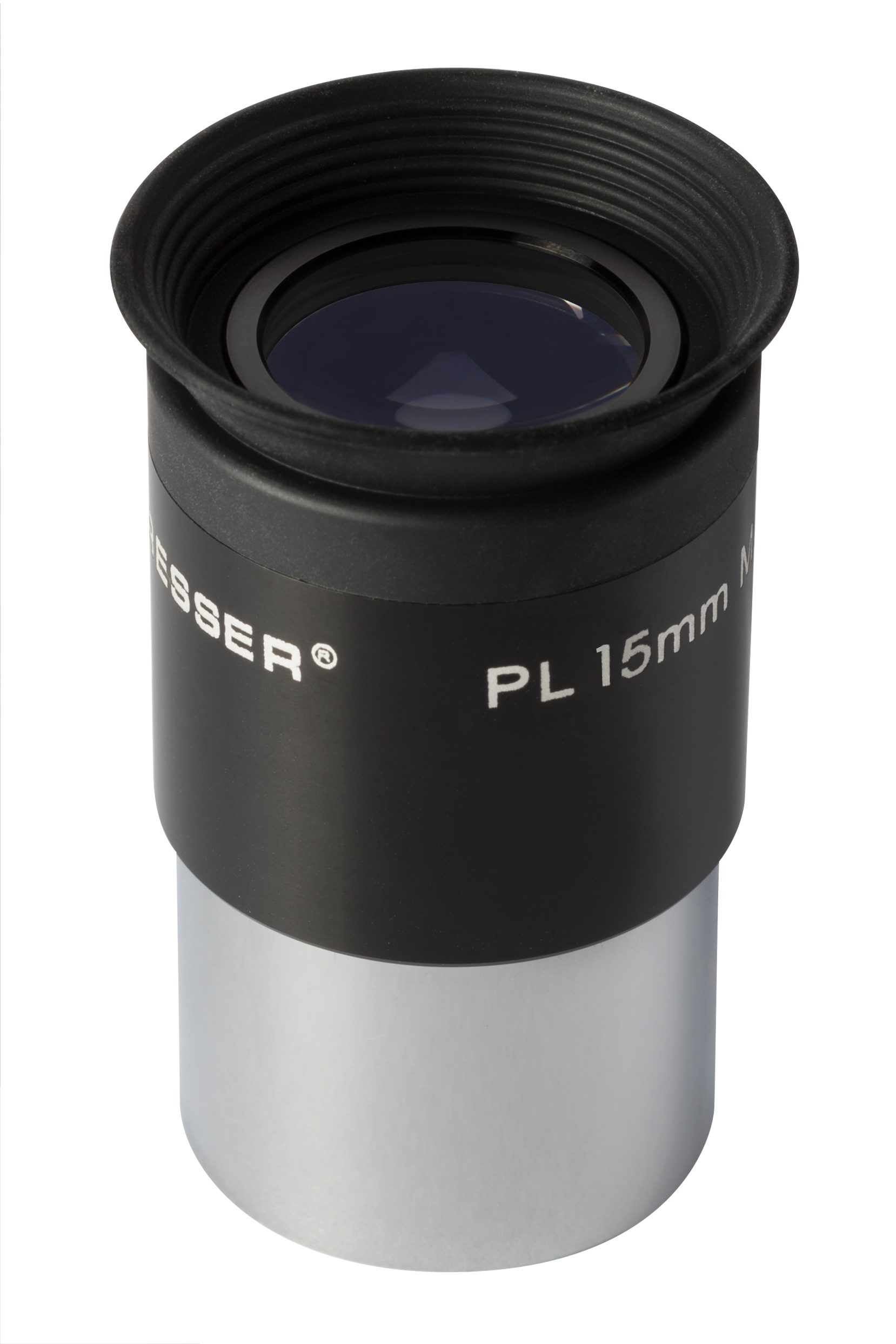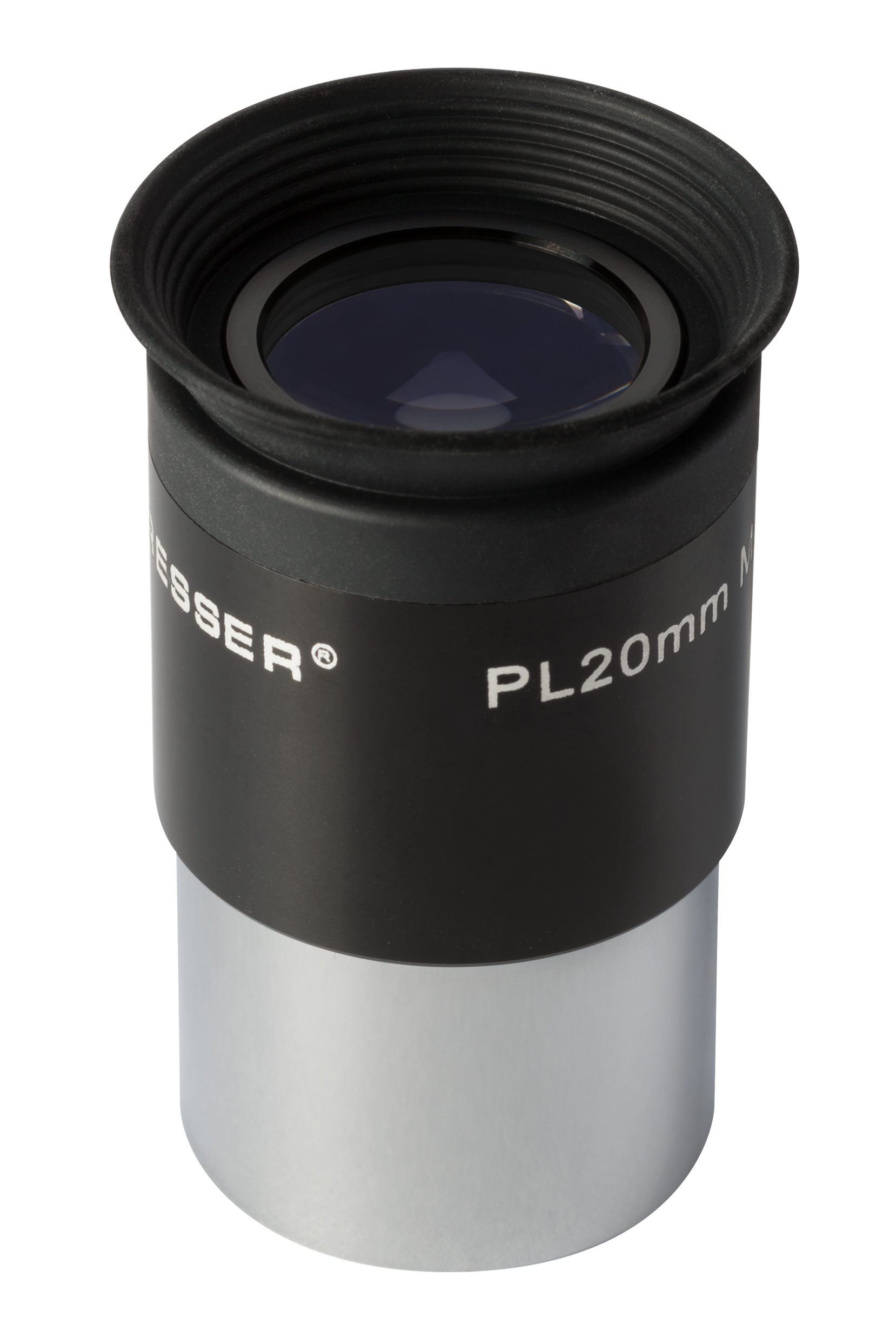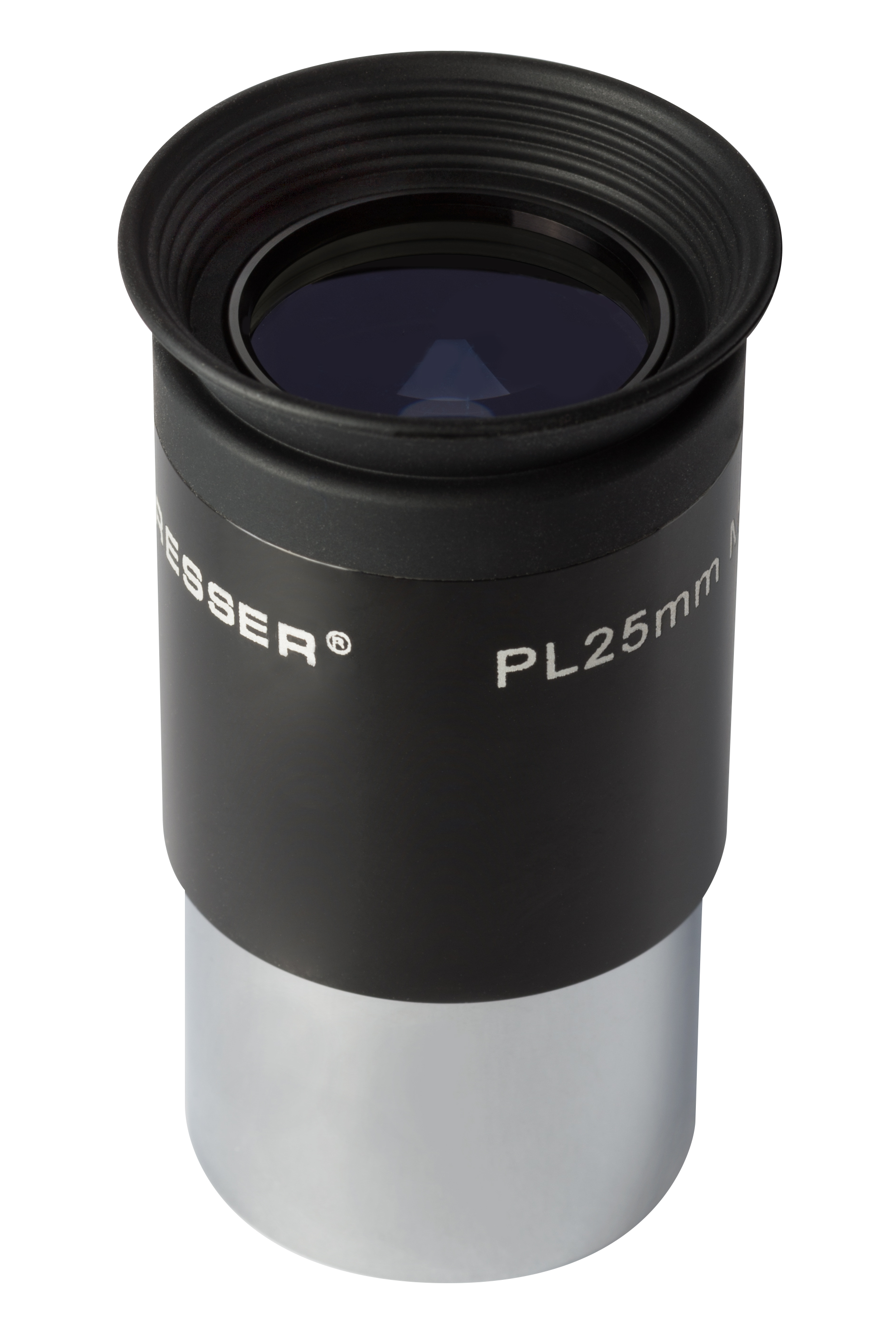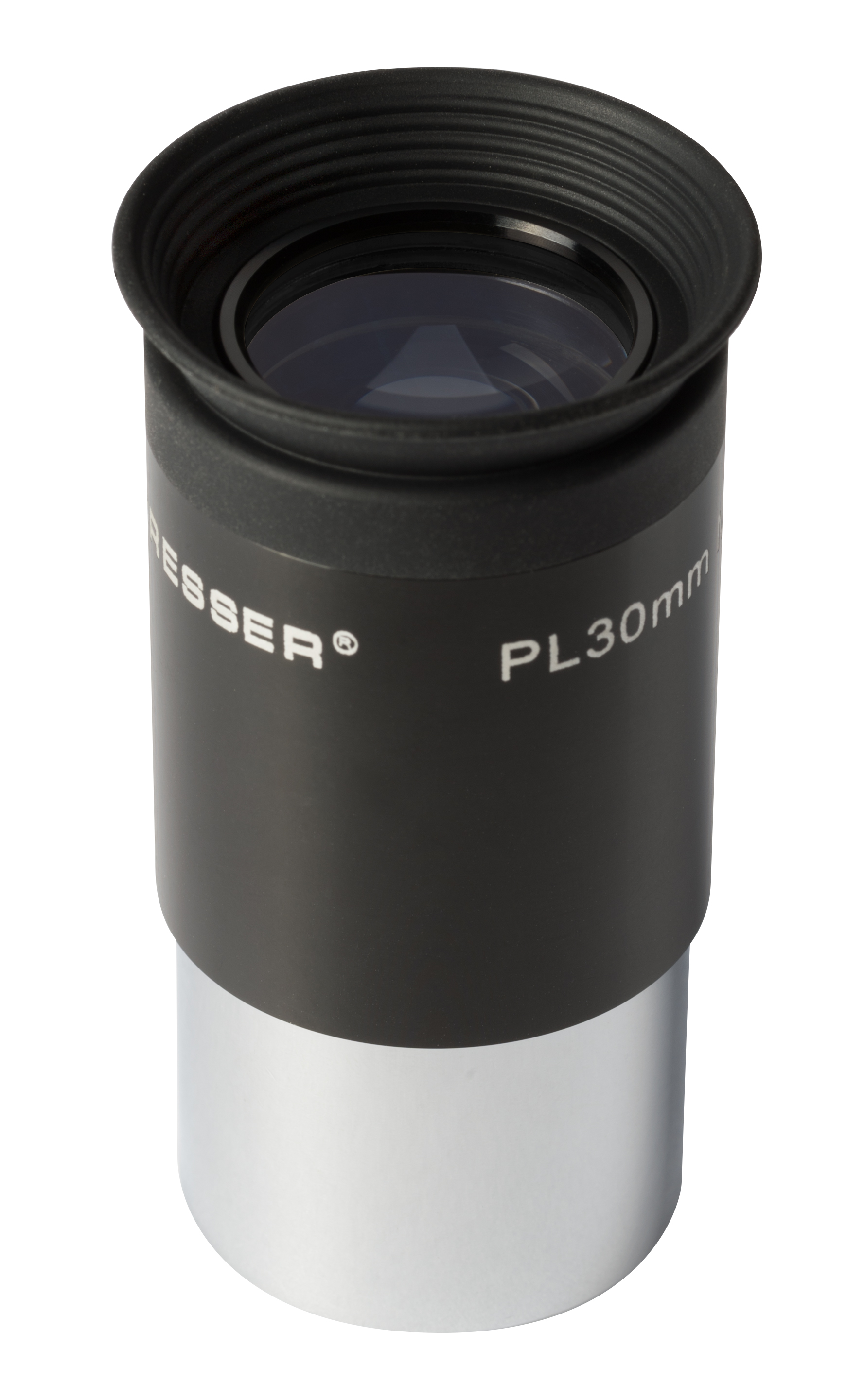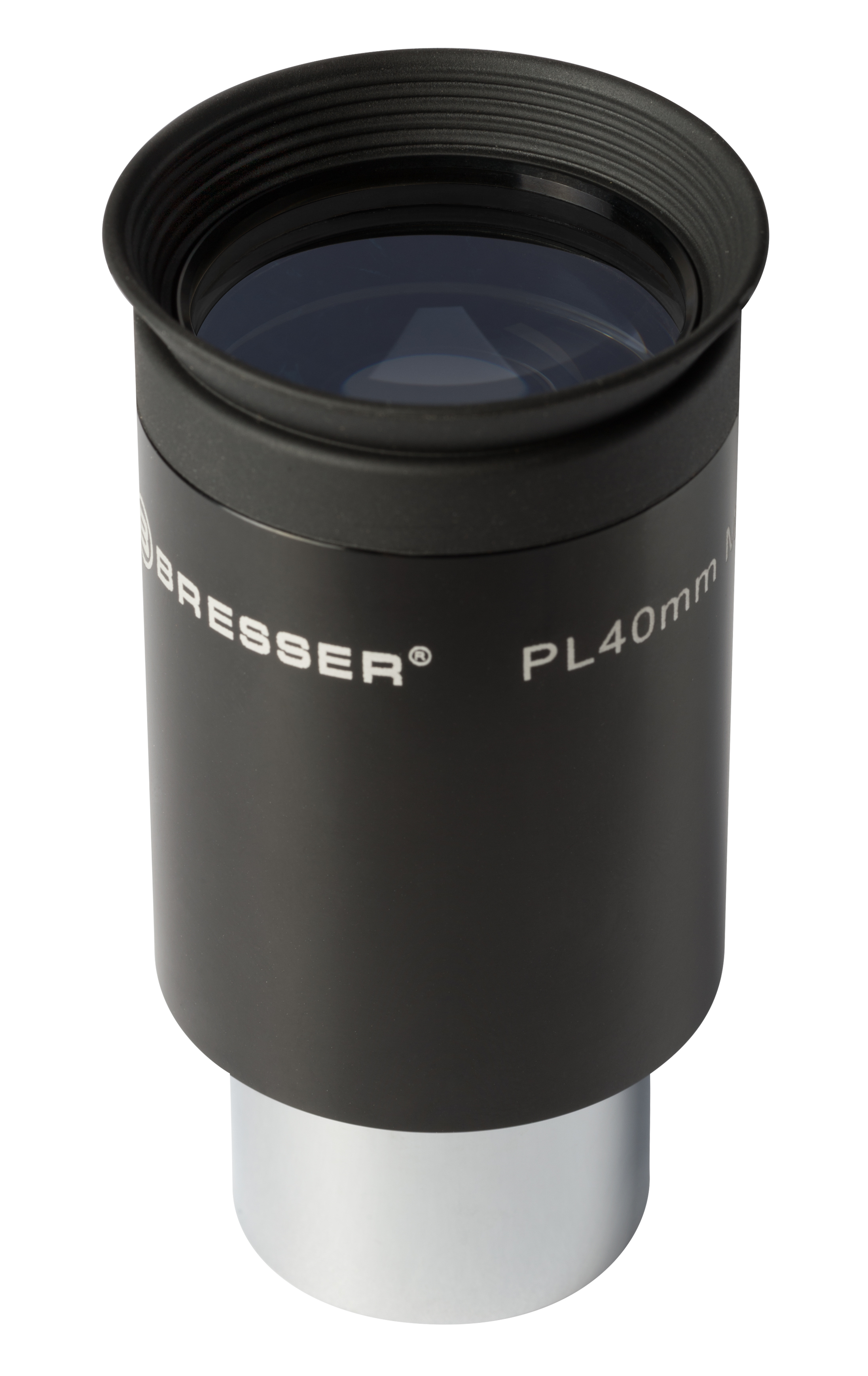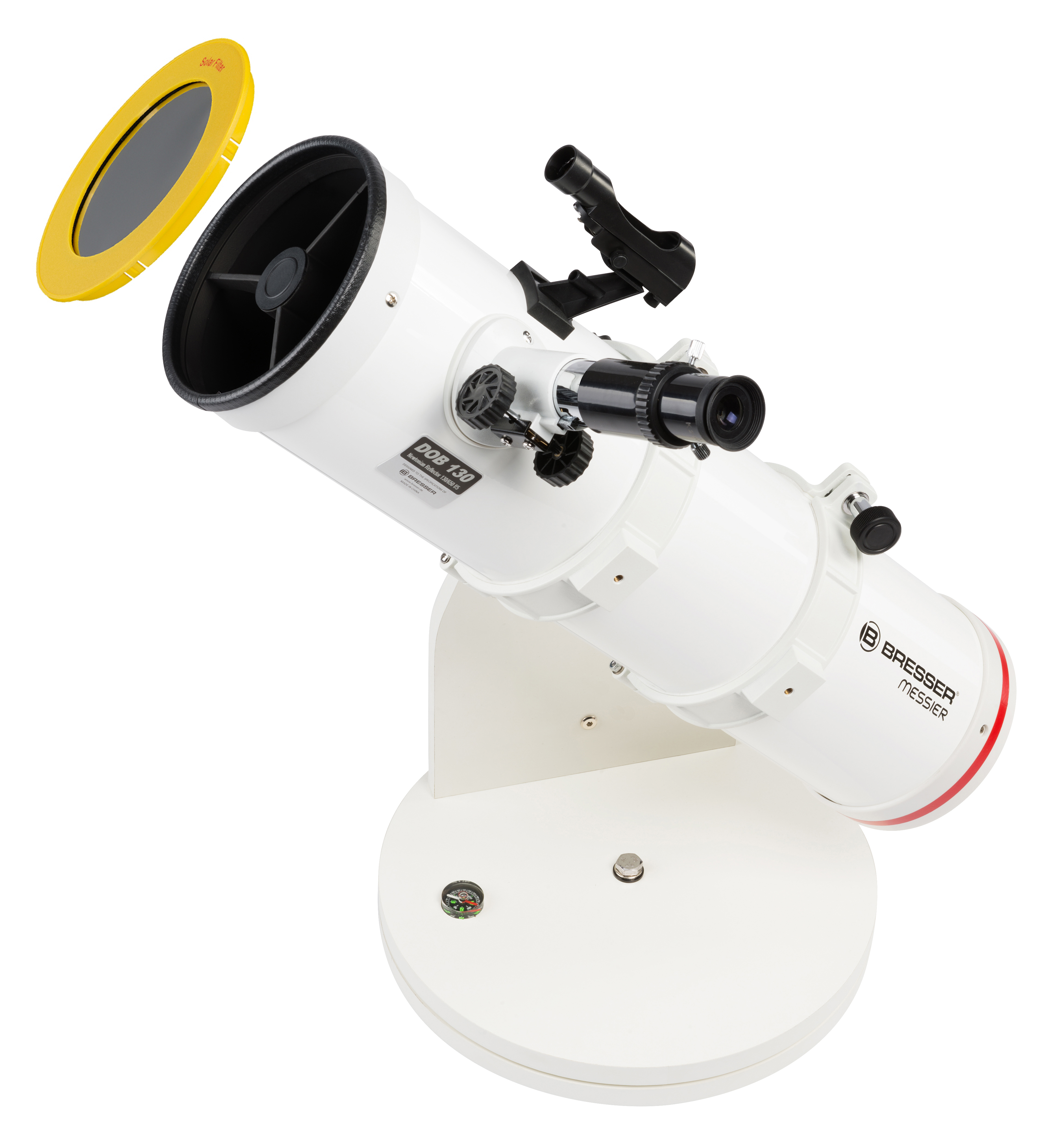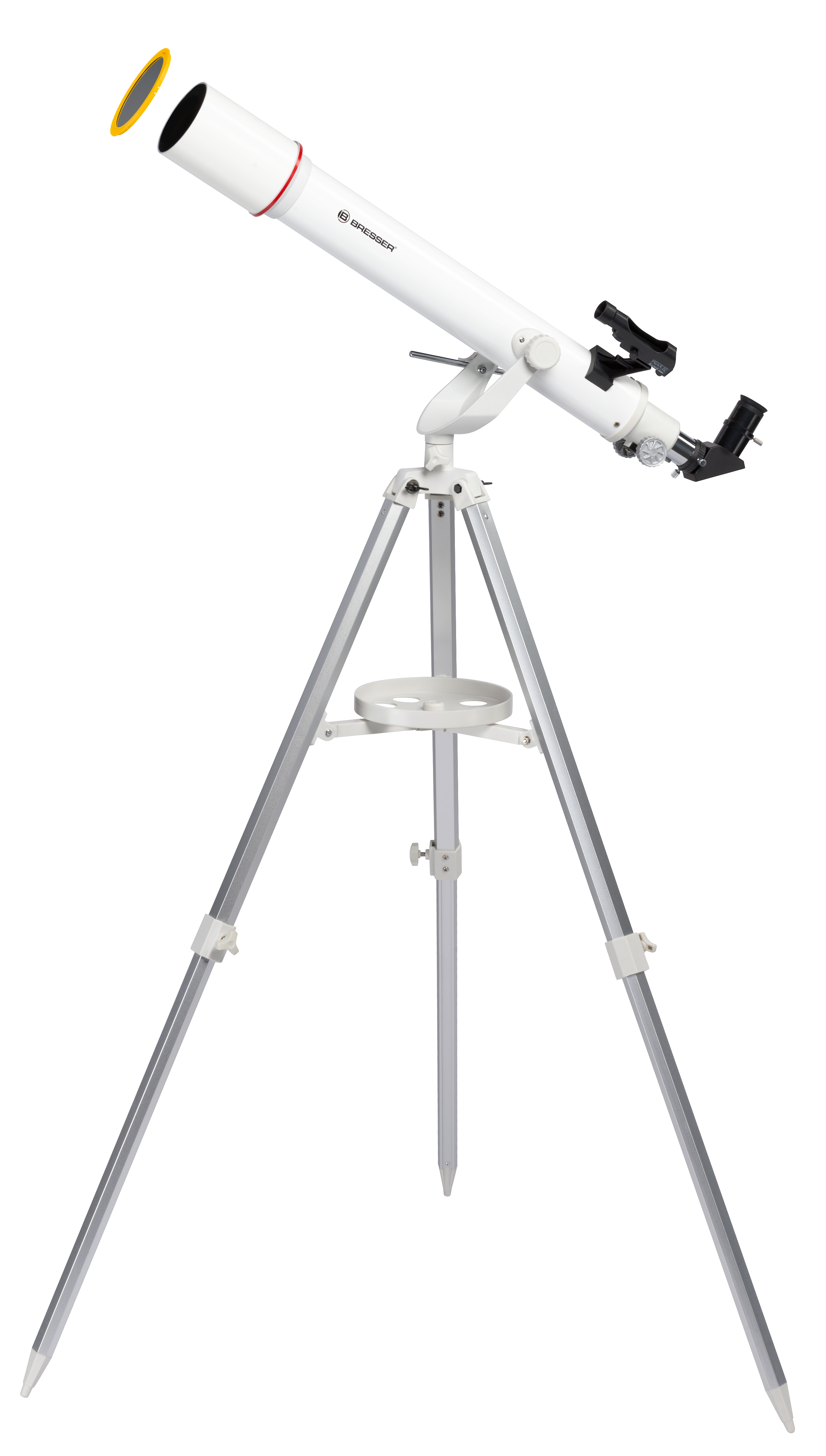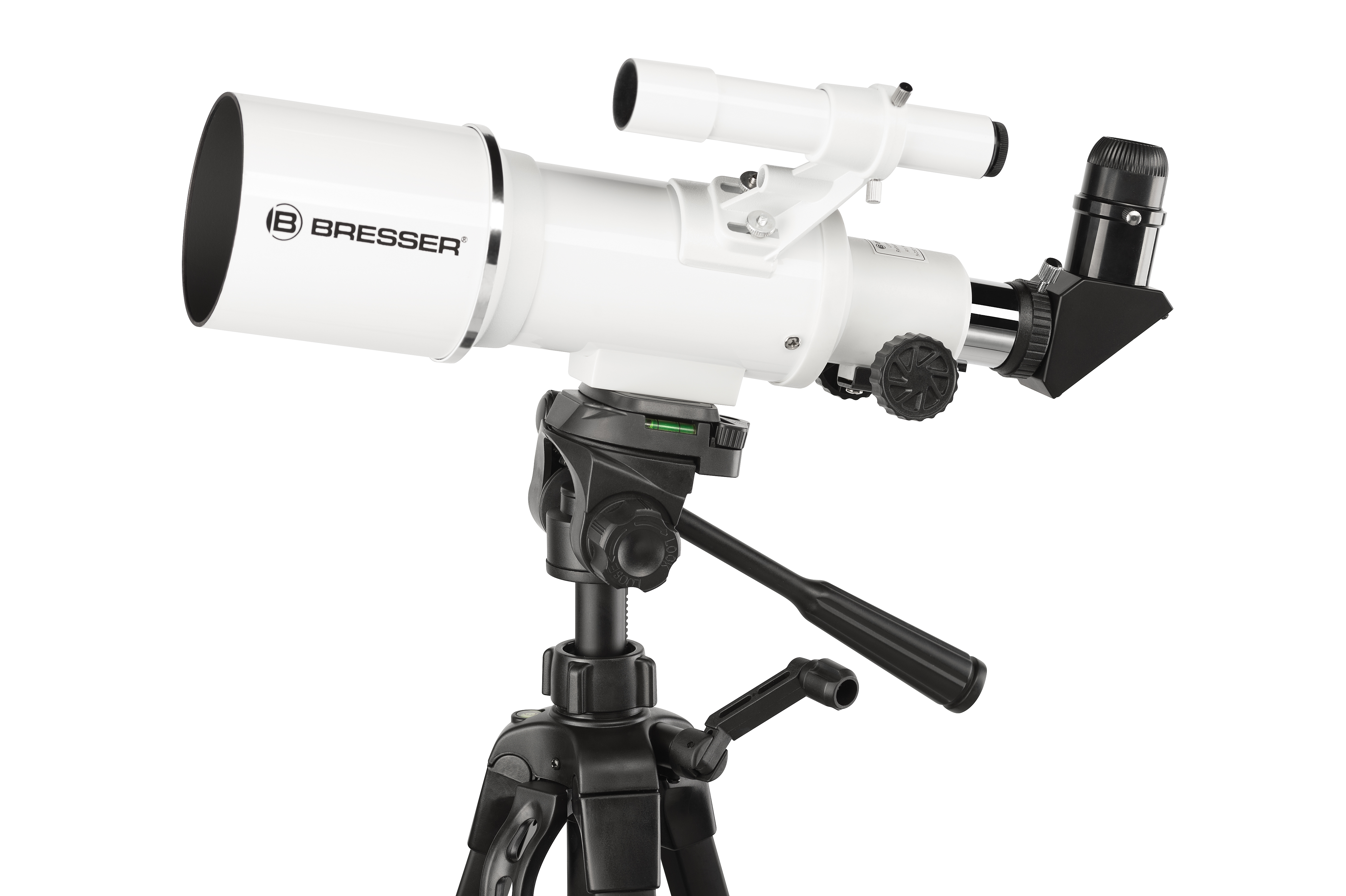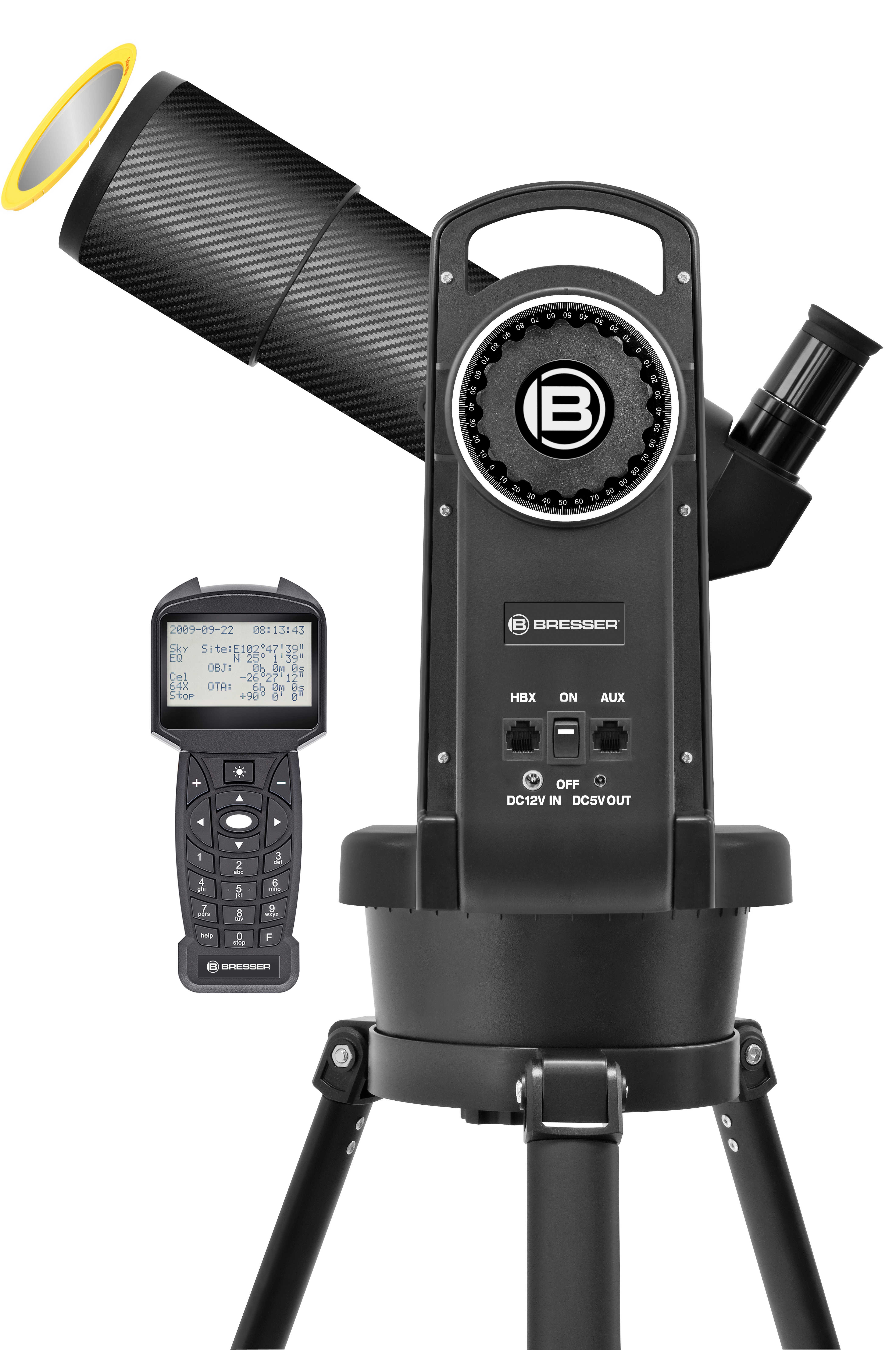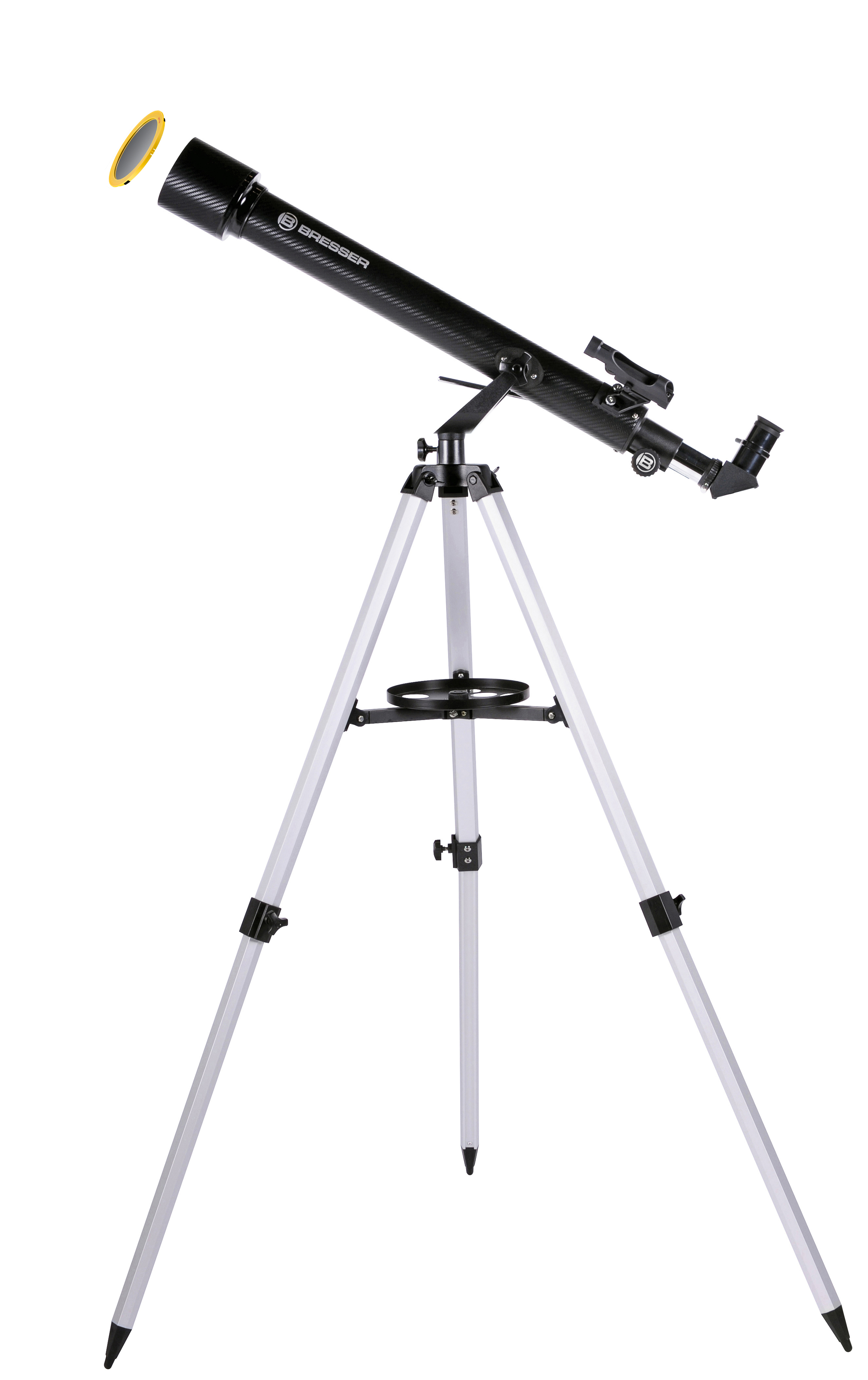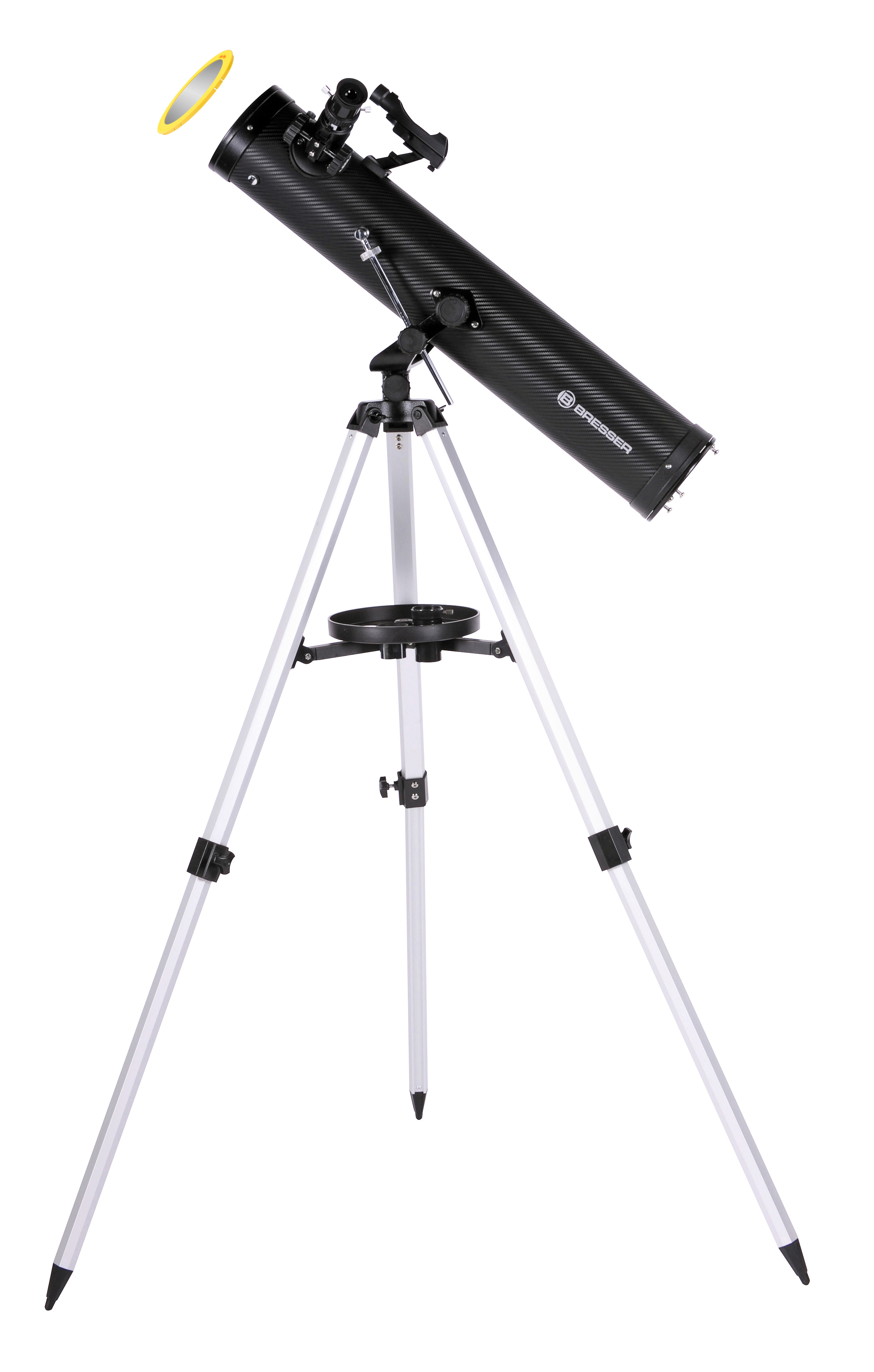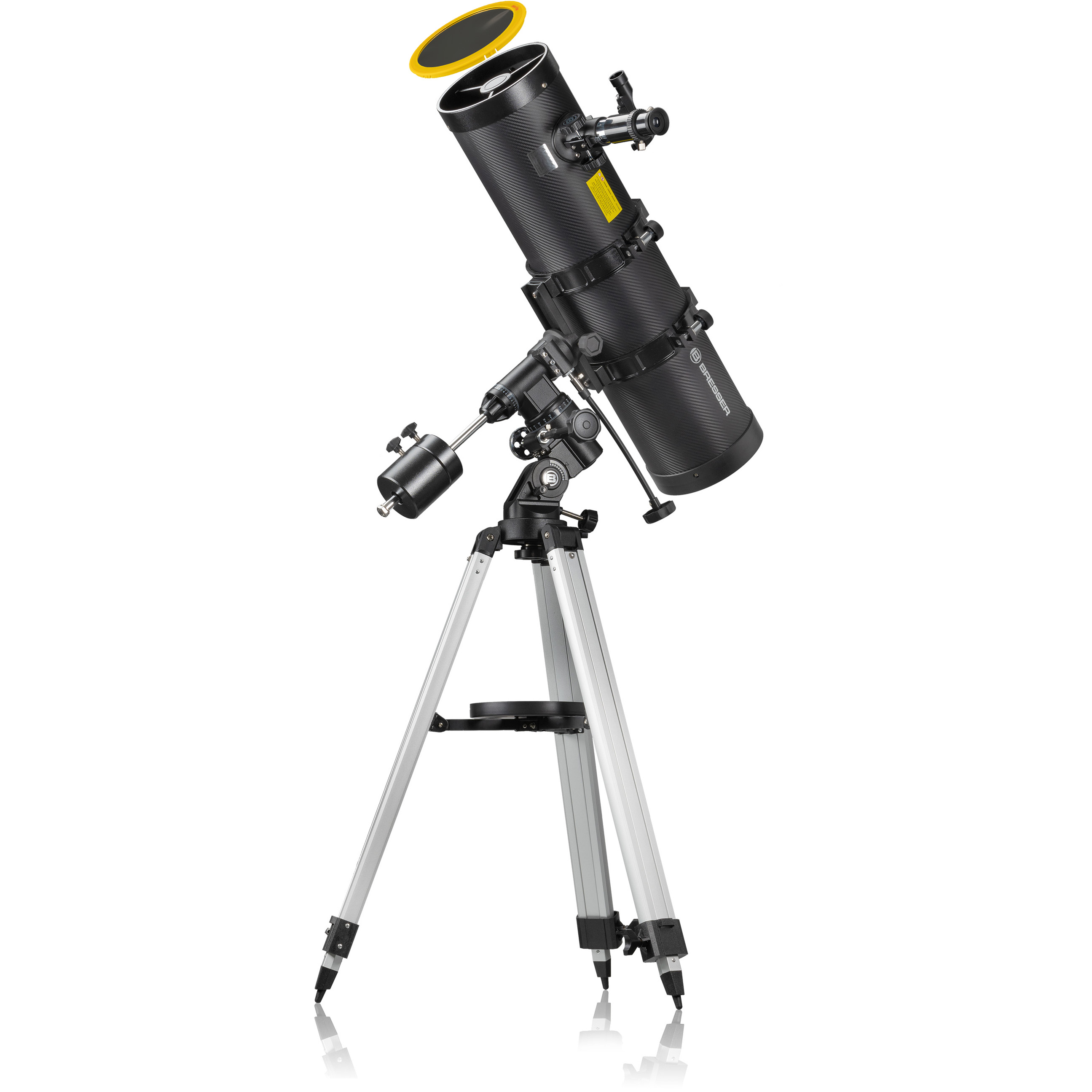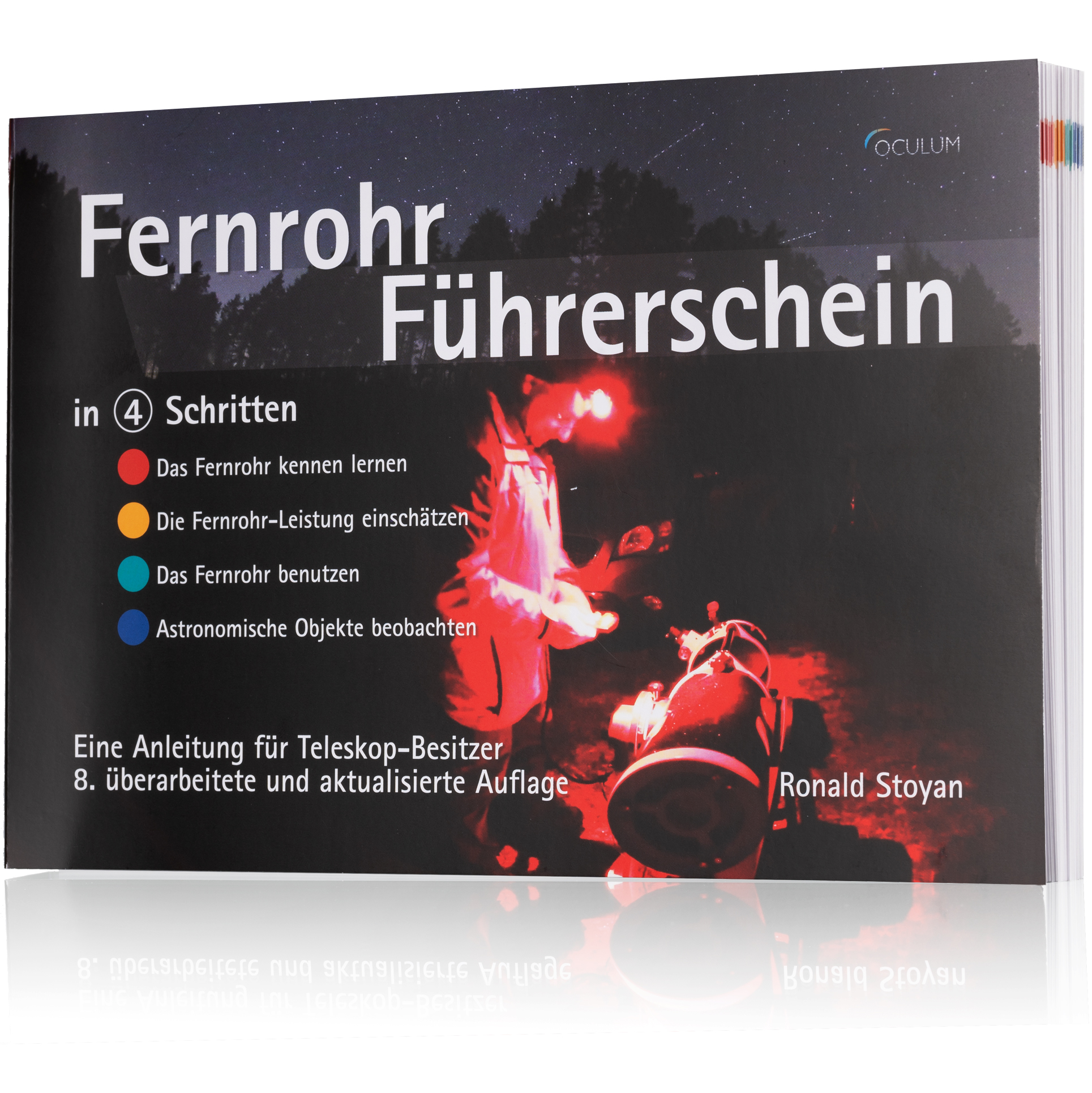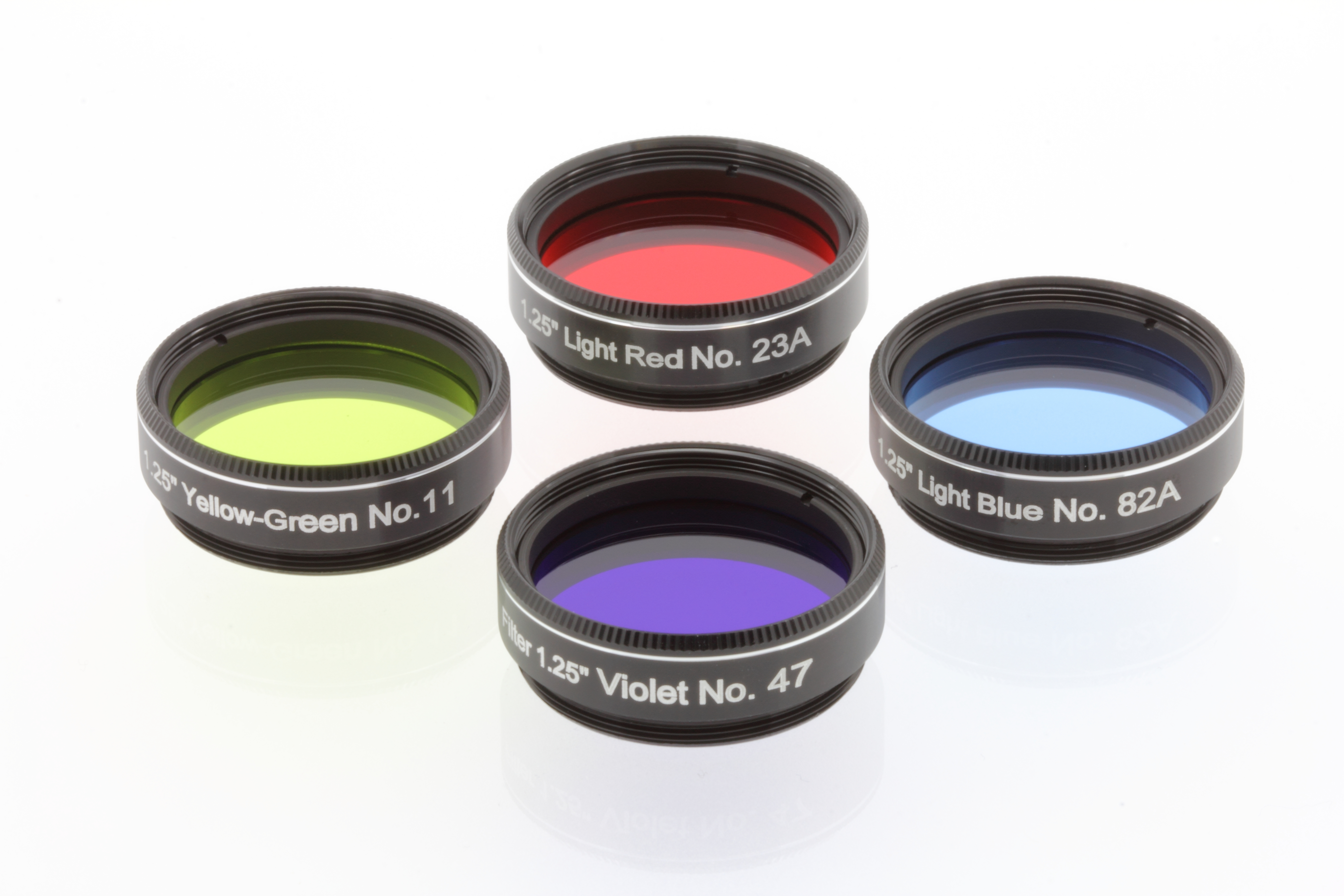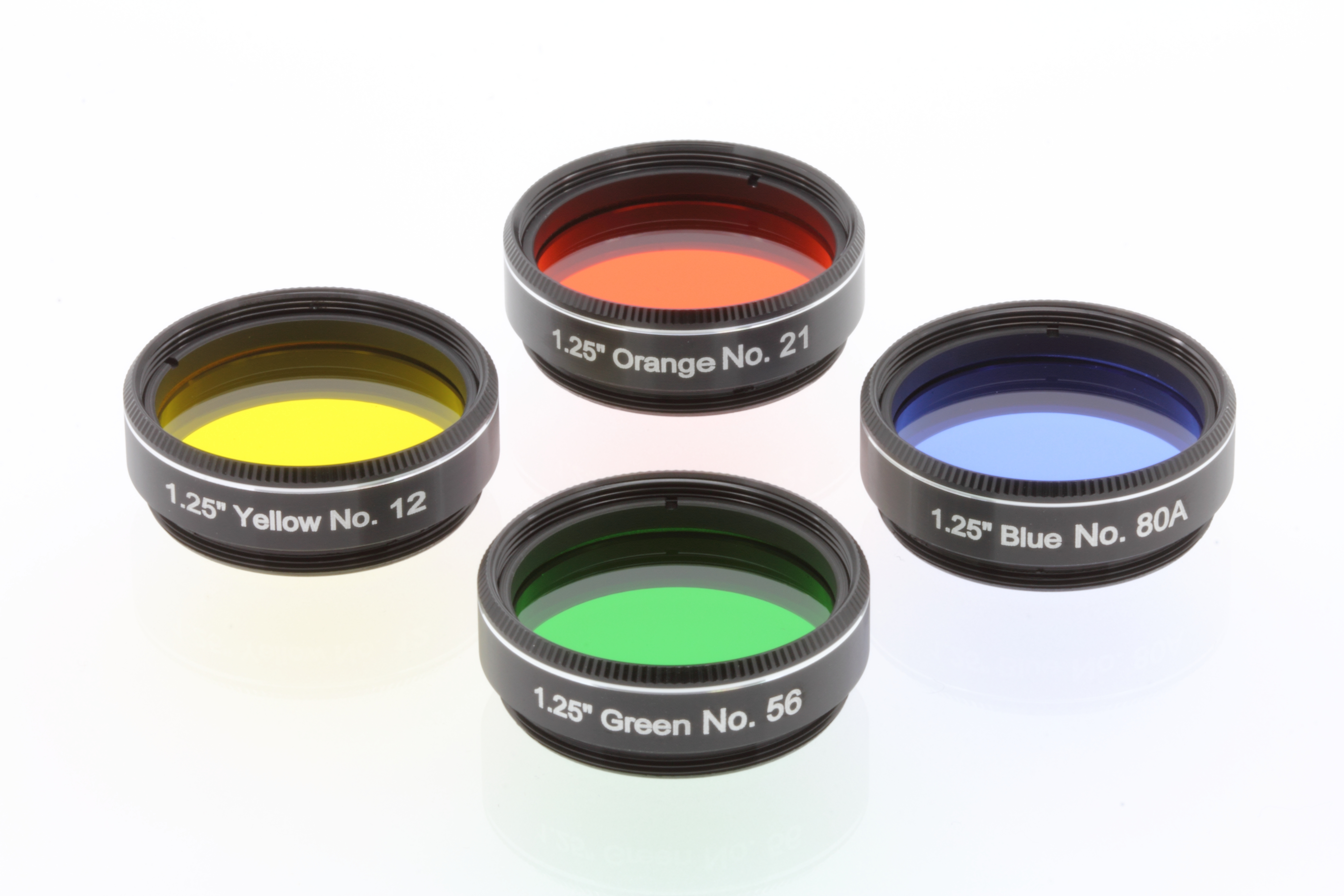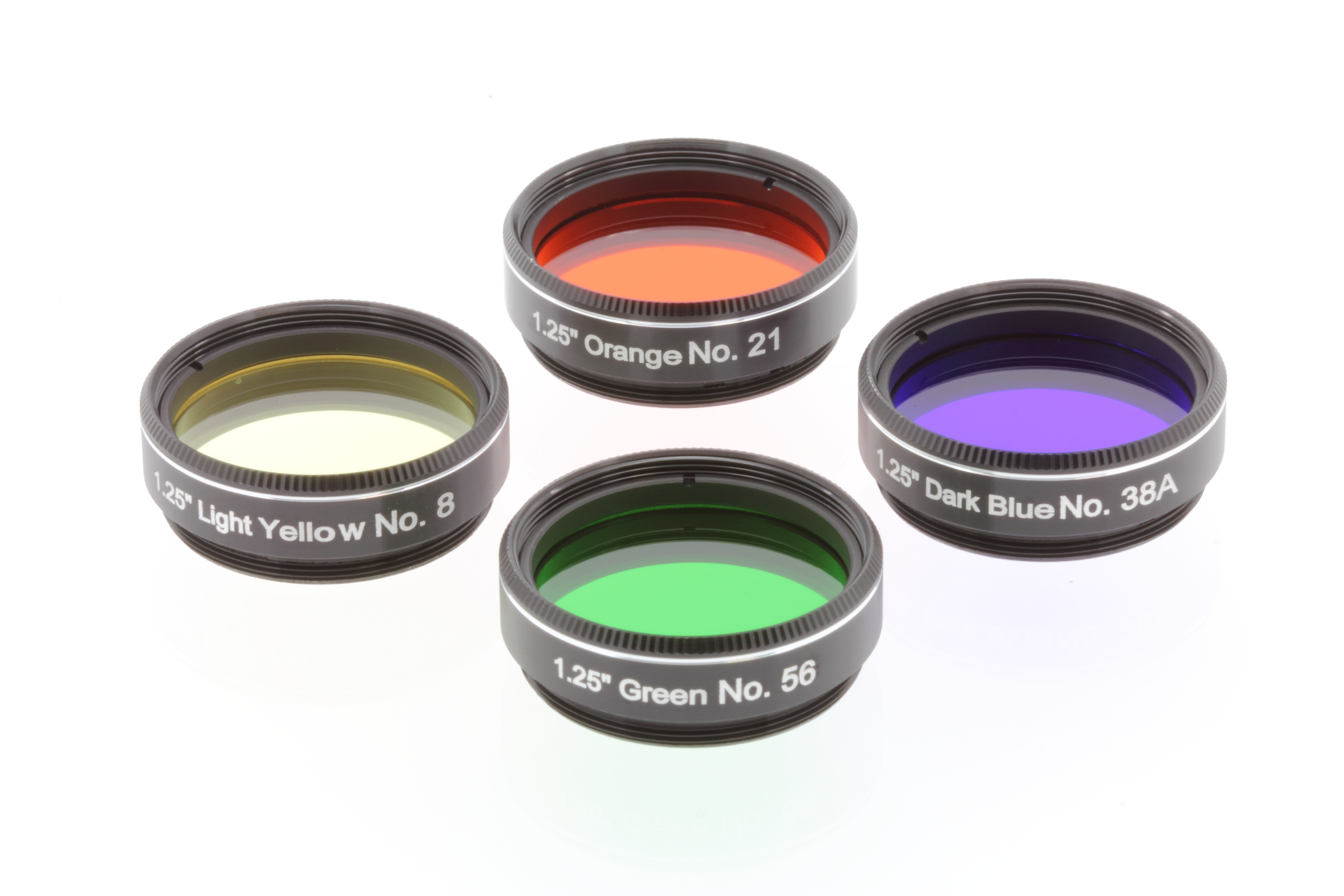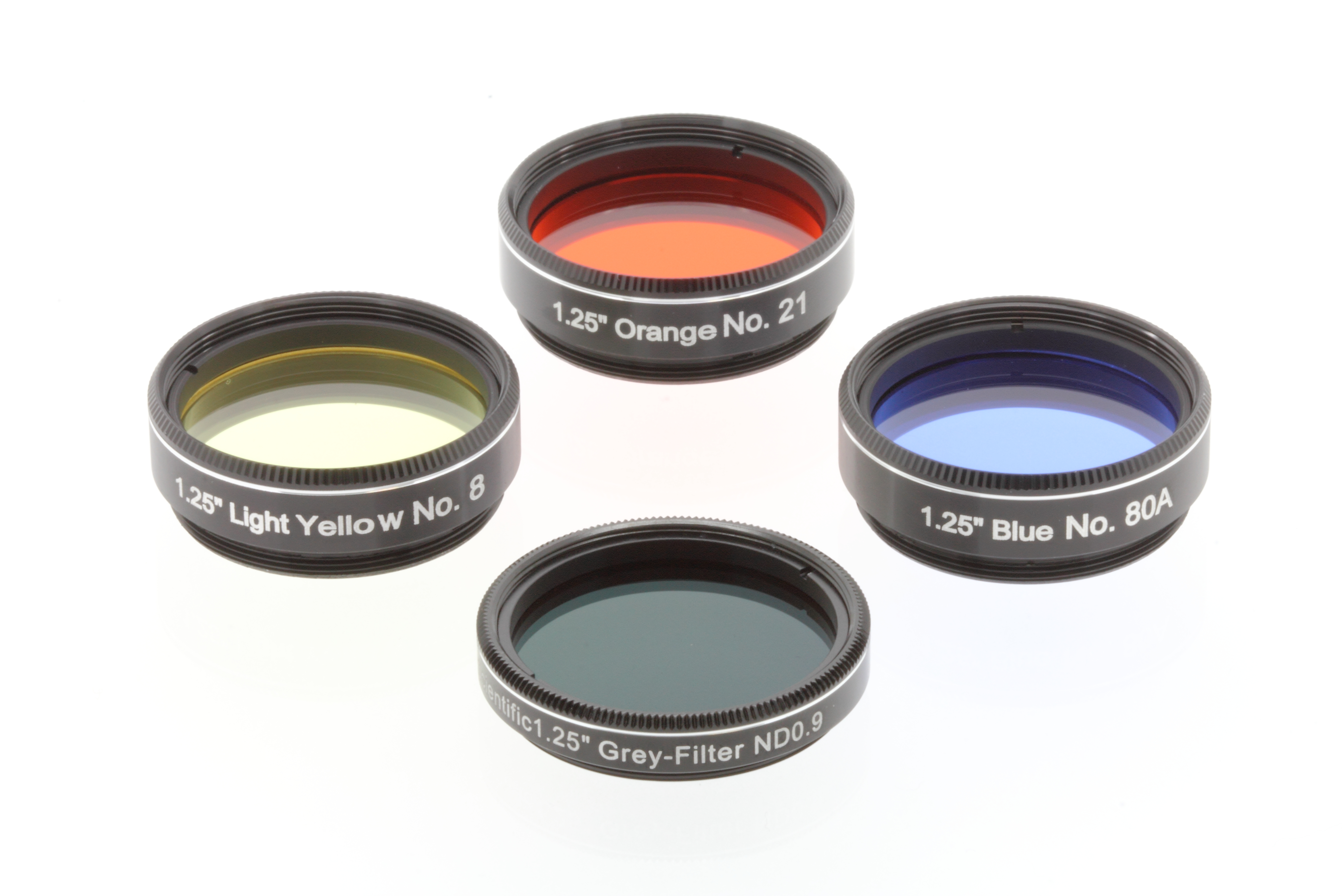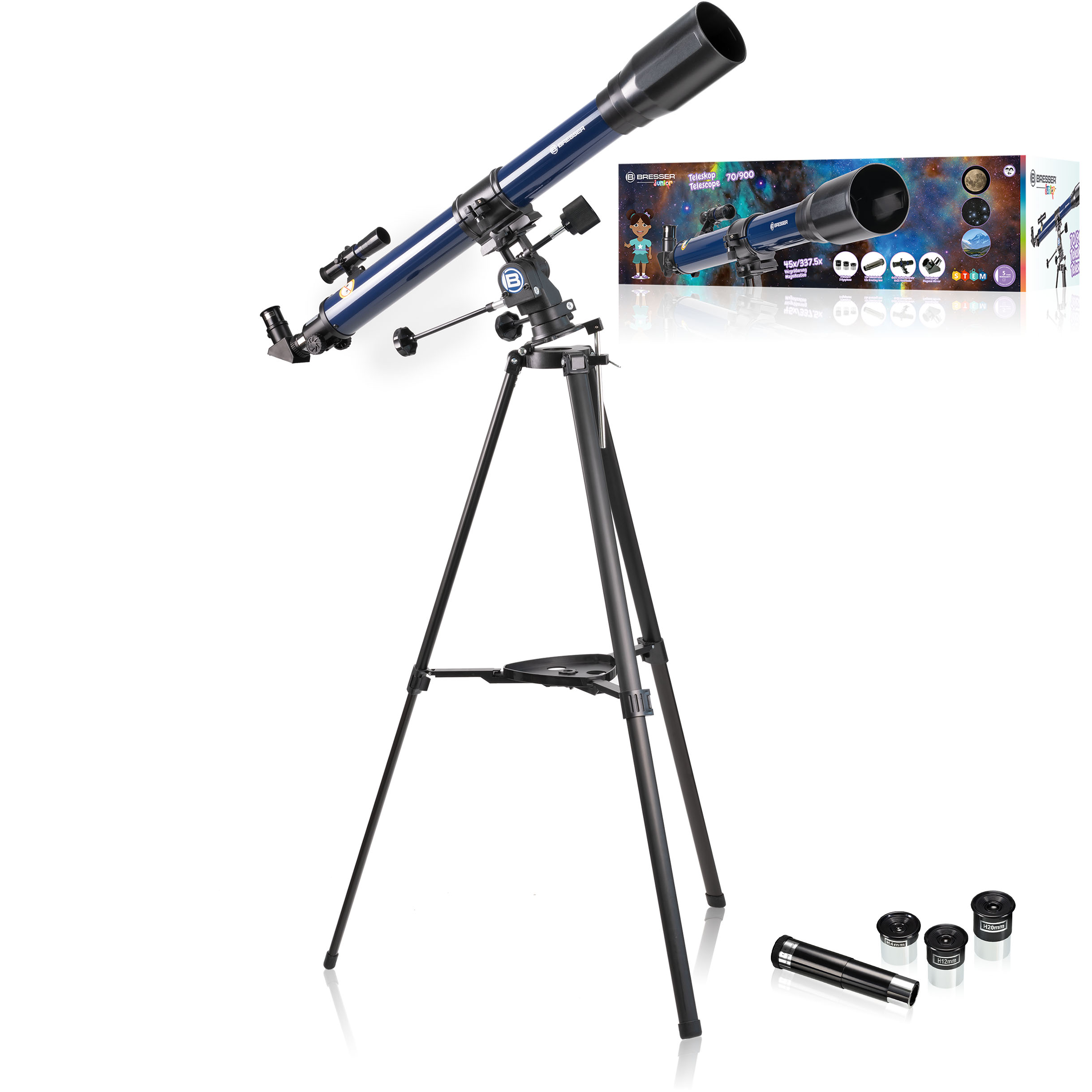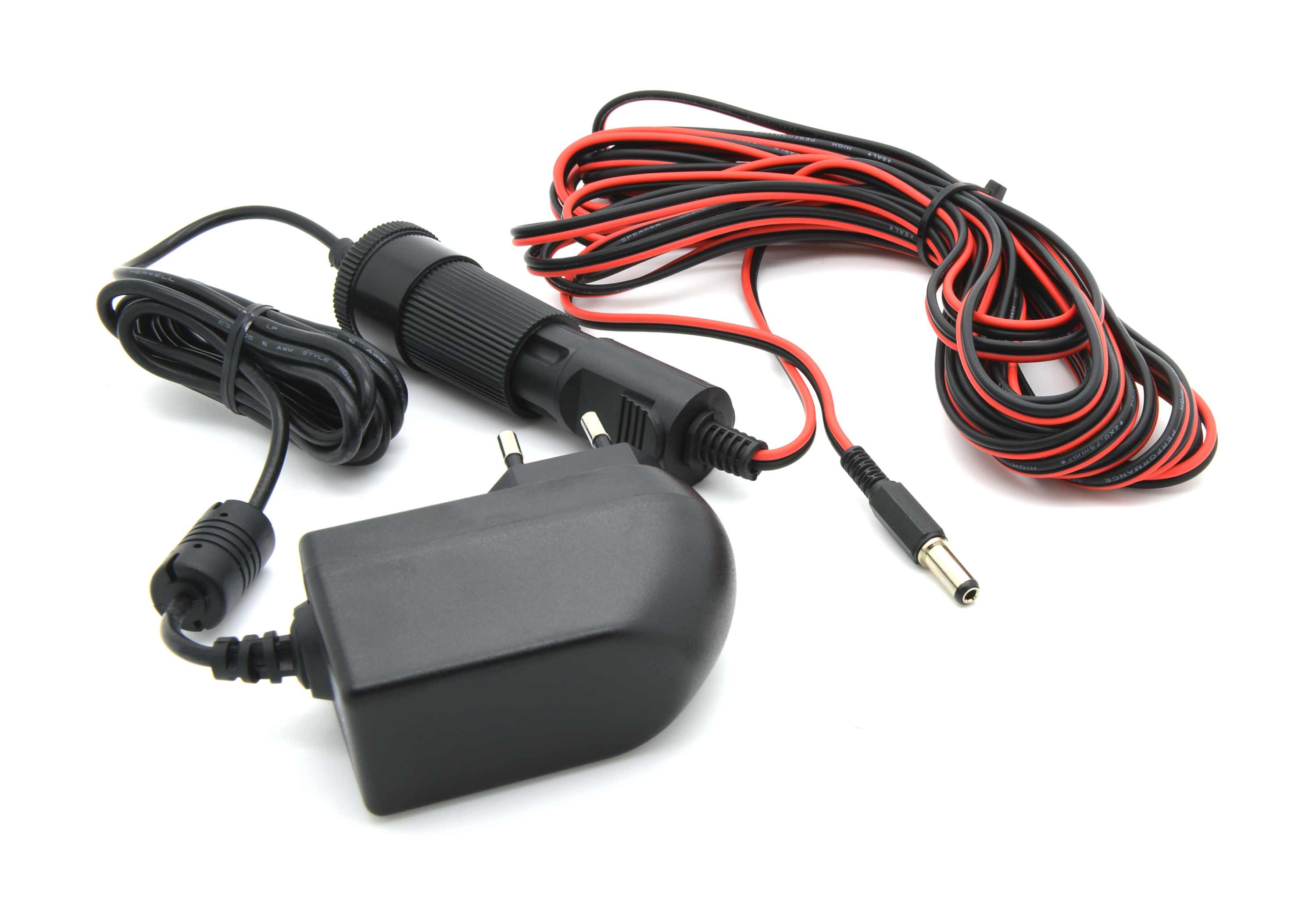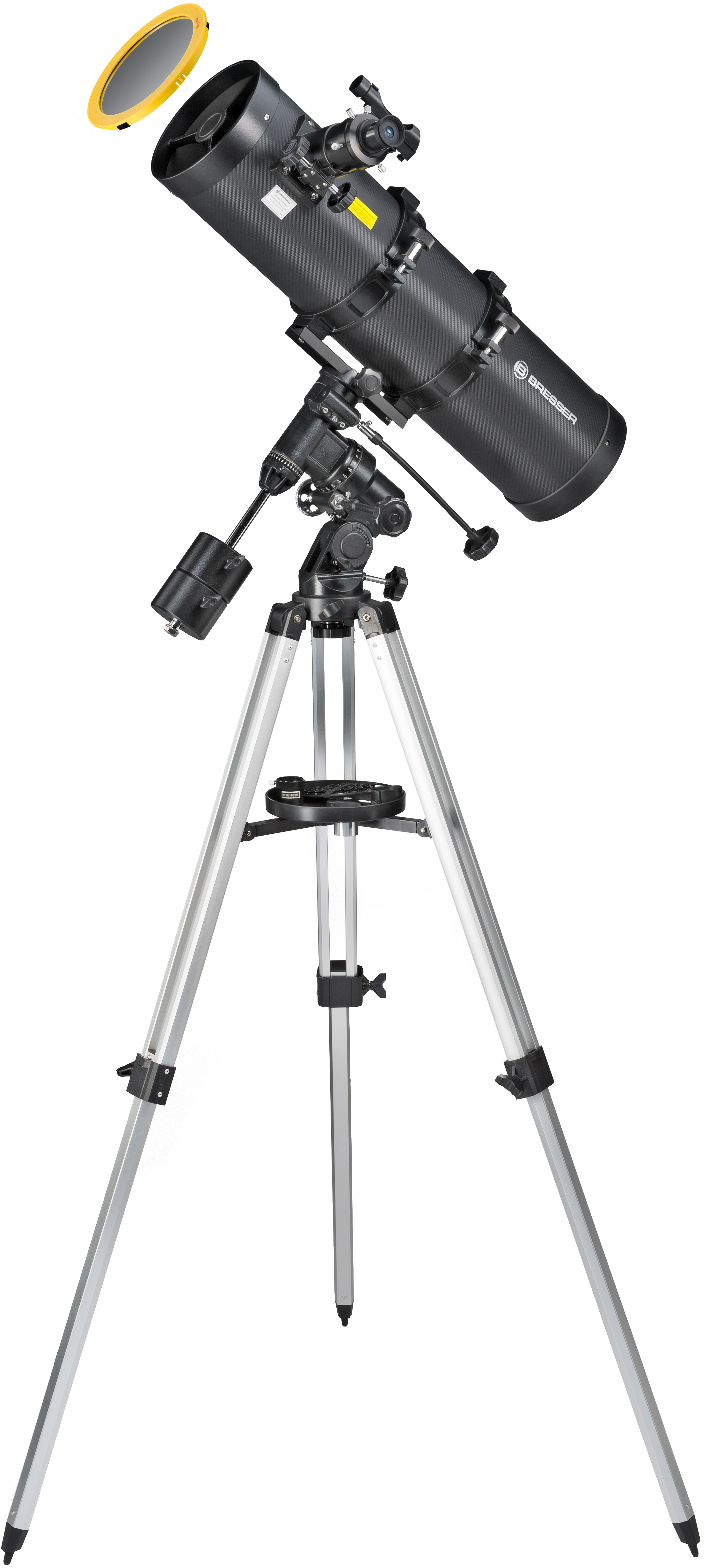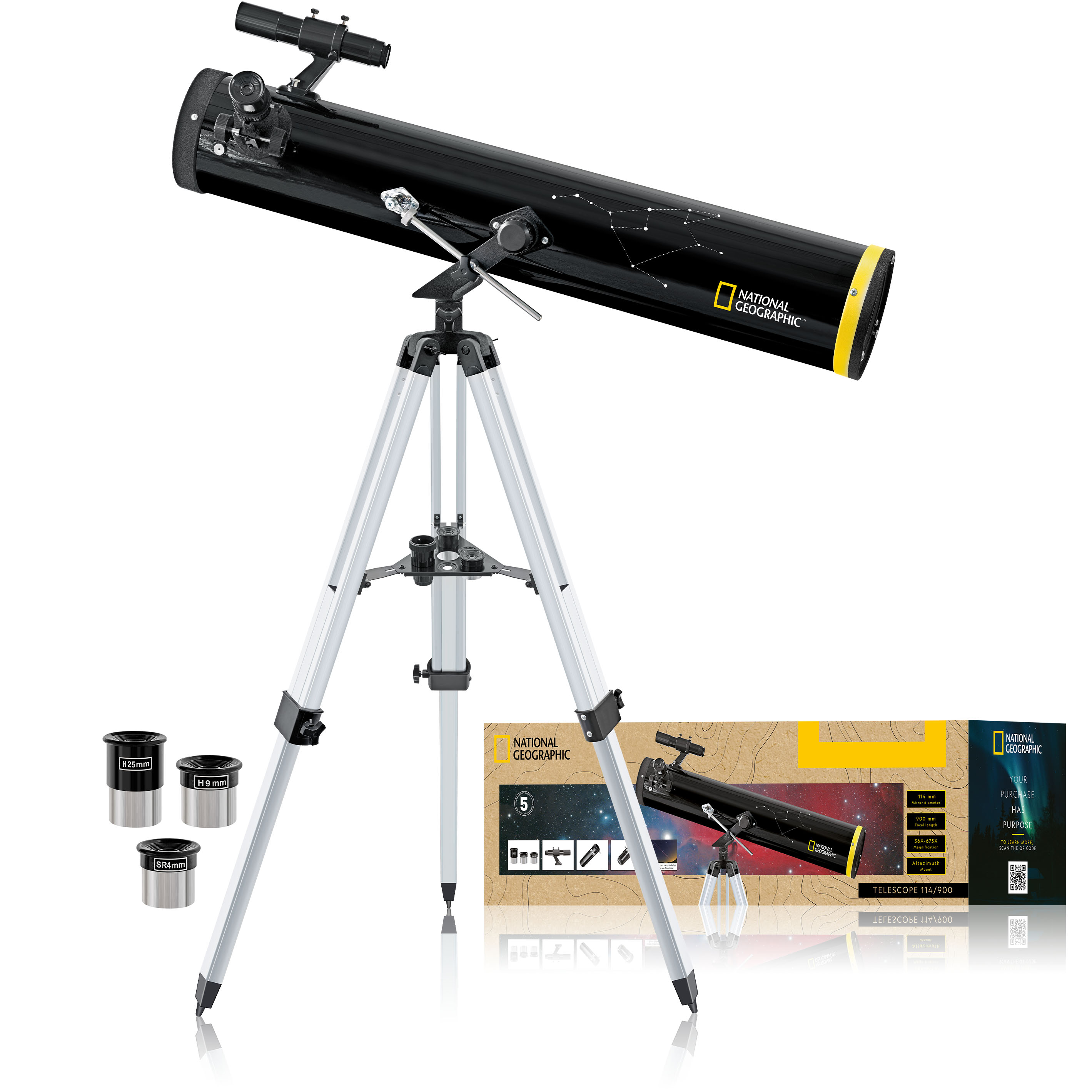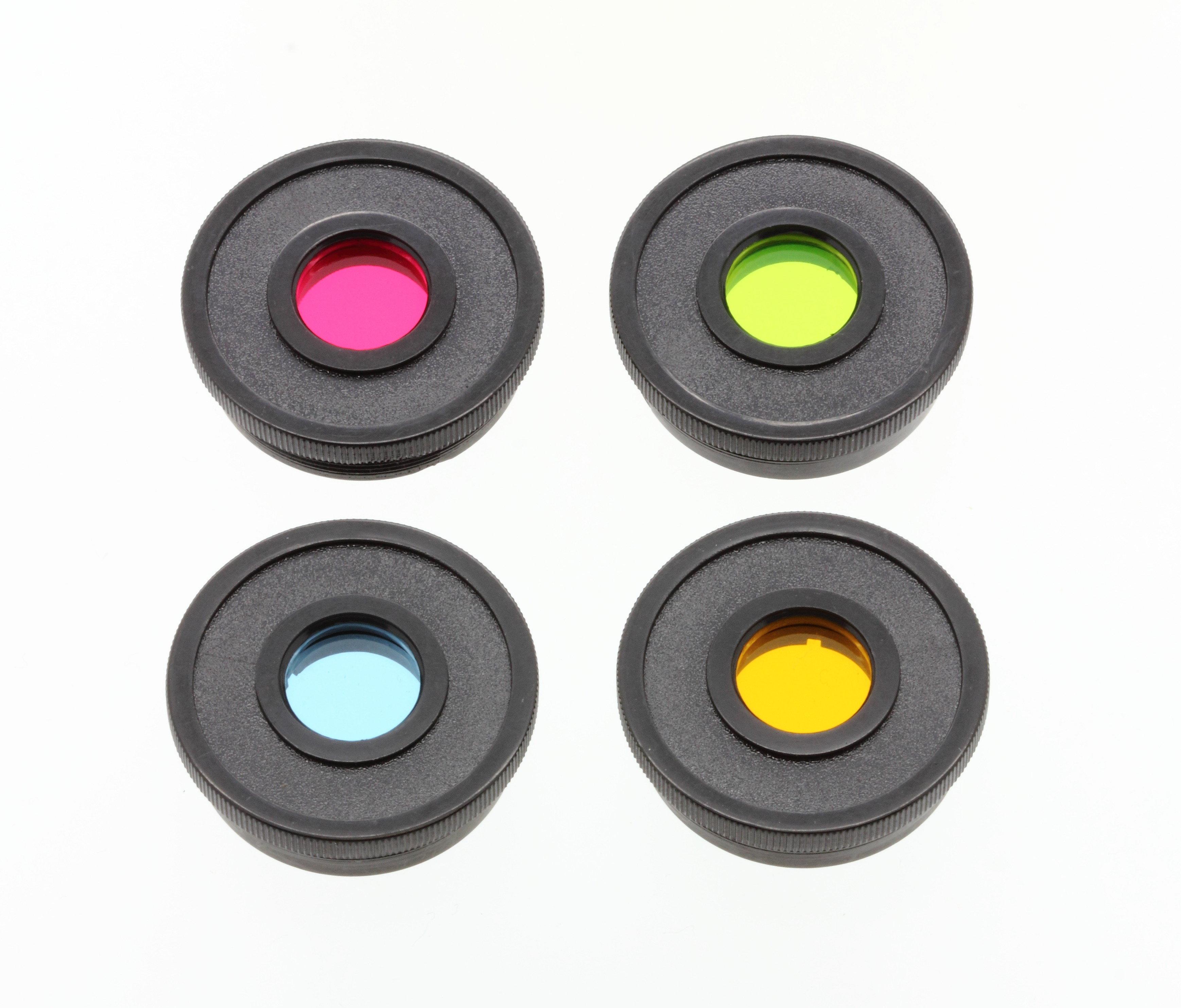

Color Filter Set Red,Green,Blue,Yellow
- Versatile colour filter set
- For eyepieces and accessories with 1.25" filter thread
- Increase contrast on moon and planets
- Making object details more visible
€5.00*
% €9.90* (49.49% saved)Available, delivery time: 1-3 days
Essential Set includes the following filters:
BRESSER Filter Red (1,25):
The blue/blue green light is totally blocked. The contrast between the card and the lighter zones will enormously increase. This is truly helpful when you watch Jupiter or Saturn. Or for mars, watching the poles.
BRESSER Filter Green (1,25):
The green filter is to increase the contrasts enormously between the red and the blue regions of the cloud structures on the gas planets Jupiter and Saturn. Seeing our Earth Moon through the green filter, the contrasts of each ray crater become clearly more visible.
BRESSER Filter Blue (1,25):
The color of light blue really supports watching the high clouds on Mars. The contrast increases. The dark red structures will be shown even darker, so this is the perfect filter for watching the big red Flecks on the gas planet Jupiter. The rings of Saturn will be accentuated, the structures of the Venus Atmosphere will be even finer.
BRESSER Filter Yellow (1,25):
Watching the Moon surface through the filter, the contrasts will enormously increase. Same with planet Mars. On the huge planet Jupiter, when using the filter, you can even see the contrasts between the cloud-bands and a lot more details. Starting with a telescope diameter of 8“ and a clear sight, you even get to see various details of Saturn.
What ist a color Filter for and do we really need it?
Color Filters darken the light slightly, that reaches the eye or the sensor of the camera. This eliminates for instance stronger transitions. The result is that your picture turns out with more contrast which automatically shows more details.
FEATURES
- Versatile colour filter set
- For eyepieces and accessories with 1.25" filter thread
- Increase contrast on moon and planets
- Making object details more visible
- 4pcs color filter: Red, Green, Blue, Yellow
| Colour: | black |
|---|---|
| Field of application [Telescope-filter]: | Filter Sets for Moon and Planets |
| Material: | Plastic |
Accessories
Similar products
Customers also bought
Customers also viewed


